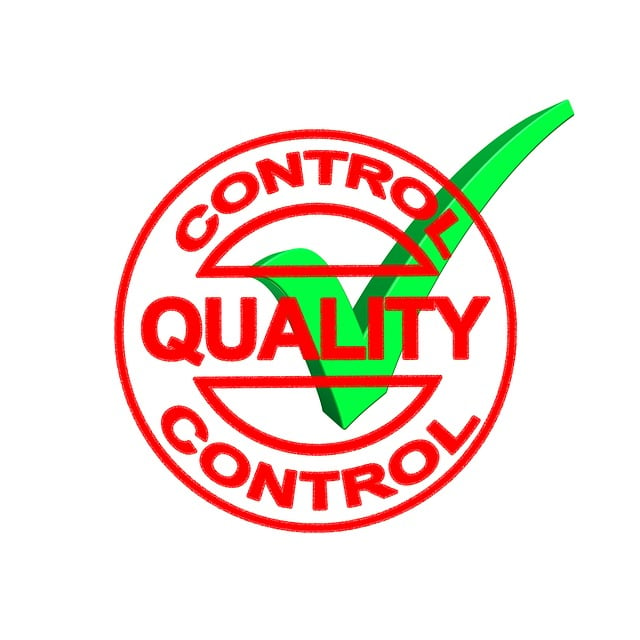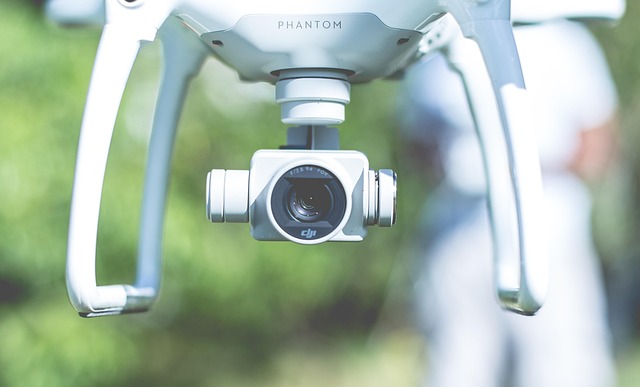Warehouses face unique pest challenges due to their large areas and storage diversity. Termites, rodents, and insects threaten structural integrity and product quality. Effective Commercial pest control involves regular inspections, identifying entry points, sealing gaps, and implementing integrated pest management (IPM) strategies. By partnering with professionals, warehouse operators can maintain clean, secure, and efficient working environments, preventing significant losses from infestations. Regular maintenance, prevention, and prompt treatment are key to successful commercial pest control.
In the bustling world of warehousing, maintaining a pest-free environment is no small task. From infestations that can spoil goods to damage that impacts productivity, commercial pest control is essential for warehouse operators. Understanding common pests like rodents, insects, and birds is the first step in implementing effective strategies. This article delves into comprehensive solutions, from identifying high-risk areas to balancing natural and chemical treatments, guiding you in creating a robust pest management plan for optimal warehouse safety and efficiency.
Understanding Warehouse Pest Issues: Common Pests and Their Impact

Warehouses, with their vast spaces and diverse storage options, can attract a range of pests, each presenting unique challenges for commercial pest control. Understanding these common invaders is essential for businesses to implement effective prevention strategies. Termites, for instance, are notorious for causing significant structural damage over time, making them a top concern for warehouse owners. They discreetly gnaw through wood, paper, and cardboard, leading to costly repairs and potential safety hazards.
Other prevalent warehouse pests include rodents like rats and mice, which thrive in dark, narrow spaces, easily gaining access to food sources. These critters not only contaminate products but also transmit diseases, posing a direct risk to employees and the overall product quality. Infestations can quickly escalate, underlining the need for proactive commercial pest control measures to maintain a clean, secure, and efficient working environment.
The Importance of Commercial Pest Control for Warehouses

Maintaining a clean and pest-free environment is paramount for warehouses, especially in today’s competitive business landscape. Commercial pest control plays a pivotal role in safeguarding the integrity of stored goods and ensuring a safe working space. Infestations can lead to significant losses, damaging products, reducing shelf life, and attracting pests that pose health risks to employees.
Regular commercial pest control services offer proactive measures, including inspections, targeted treatments, and prevention strategies. These experts employ advanced techniques and industry-specific knowledge to identify potential entry points, monitor activity, and eliminate existing pest problems swiftly. By partnering with professional pest management providers, warehouse operators can mitigate risks, maintain high hygiene standards, and protect their valuable inventory from the perils of pest invasion.
Assessing Your Warehouse: Identifying High-Risk Areas

When assessing your warehouse for pest control, identifying high-risk areas is a crucial step in implementing effective commercial pest control measures. Start by evaluating the types of products stored and the conditions within the facility. Pests like rodents, insects, and termites are attracted to specific foods and materials, so knowing where these items are located will help pinpoint problem zones. For instance, areas with food storage, especially if unpackaged or left exposed, require heightened vigilance against pests that can cause contamination.
Consider also the structural aspects of your warehouse. Cracks in walls, gaps around doors and windows, and poor drainage can all serve as entry points for pests. These areas should be sealed off to prevent infestation. Additionally, look out for signs of previous pest activity, such as droppings or chewed packaging, which can indicate hidden infestations that need immediate attention from professional commercial pest control services.
Effective Pest Control Strategies for Storage Facilities

Implementing robust pest control measures is paramount for maintaining a clean and safe environment in storage facilities. Commercial pest control experts recommend a multi-pronged approach to address this challenge effectively. Firstly, regular inspections are crucial to identifying potential entry points for pests like rodents, insects, or termites. Sealing these access points with appropriate materials can significantly deter infestations.
Additionally, maintaining excellent hygiene standards is vital. This involves proper waste management, regular cleaning, and ensuring food storage areas are secure. Commercial Pest Control services often advocate for integrated pest management (IPM) strategies, combining preventive measures, mechanical control (e.g., traps), and selective use of chemicals as a last resort. IPM not only minimizes environmental impact but also promotes a healthier, more sustainable warehouse environment.
Natural and Chemical Solutions: Balancing Safety and Efficacy

In the realm of commercial pest control, warehouses present unique challenges due to their size and storage nature. Pests like rodents, insects, and birds can cause significant damage to goods, leading to financial losses for businesses. Thankfully, a multitude of solutions exist, offering both natural and chemical approaches to warding off these unwanted visitors.
Natural remedies, while environmentally friendly, may require more frequent applications as they tend to be less potent. Solutions like sealing entry points, maintaining cleanliness, and using essential oils or traps can effectively deter pests without harmful chemicals. On the other hand, chemical treatments provide swift and robust control but necessitate strict adherence to safety protocols to protect warehouse workers and the environment. Professional pest control services offer a balanced approach, selecting the most suitable methods based on the specific pest, warehouse conditions, and regulatory compliance, ensuring both efficacy and safety in commercial pest control.
Implementing a Comprehensive Pest Management Plan

Implementing a comprehensive pest management plan is essential for any warehouse operation, as it ensures a safe and hygienic working environment. This involves a multi-faceted approach that includes regular inspections, proper waste management, and the use of effective commercial pest control methods. By identifying potential entry points for pests and addressing them proactively, warehouses can minimize the risk of infestations.
Regular monitoring and inspections are key to successful pest prevention. Commercial Pest Control professionals recommend scheduling routine checks to identify any signs of pest activity early on. This proactive strategy allows for swift intervention using appropriate treatments, such as targeted pest control solutions or integrated pest management techniques, to eliminate existing pests and prevent future invasions.
Regular Maintenance and Prevention Techniques for Long-Term Protection

Regular maintenance and prevention techniques are key components of long-term protection against pests in warehouses, serving as a cornerstone for any comprehensive commercial pest control strategy. Implementing routine inspections allows professionals to identify potential entry points and signs of infestation early on, enabling swift action to prevent pest establishment. Regular cleaning practices, including the removal of debris and food sources, significantly reduce attractants that may draw pests.
Additionally, sealing gaps and cracks, maintaining proper ventilation, and ensuring adequate lighting can deter many common warehouse pests. Using integrated pest management (IPM) strategies, which combine biological, cultural, physical, and chemical methods, offers a sustainable approach to control. Preventative measures such as these not only safeguard the integrity of stored goods but also contribute to creating a healthier and safer working environment for warehouse personnel.
